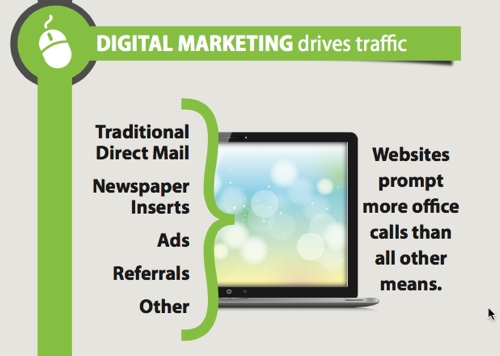Enhancing Learning: Dealing With Auditory Processing Issues In Dyslexia
Enhancing Learning: Dealing With Auditory Processing Issues In Dyslexia
Blog Article
Content Create By-Bock Waters
When you consider the obstacles that dyslexic students deal with, it's clear that auditory handling problems frequently play a significant role. You could ask yourself how tailored methods can bridge the gap between auditory directions and understanding. By integrating simply click the following page and breaking jobs right into convenient steps, you can improve emphasis and understanding. However, the remedies don't stop there. What various other techniques can create a really supportive learning setting that fosters success and confidence?
Understanding Dyslexia and Auditory Processing
Dyslexia influences approximately 1 in 5 people, making it among one of the most common learning disabilities. If you're navigating dyslexia, you could find that it does not just impact reading and writing; it can also impact just how you process acoustic information.
Auditory processing refers to exactly how your mind translates sounds, including language. When you struggle with this, it can bring about challenges in understanding talked instructions and adhering to discussions.
You could notice that you often misunderstand what you hear or that it takes much longer for you to respond in discussions. This isn't a reflection of your knowledge; it's a certain problem related to processing auditory signals.
Understanding this link is essential due to the fact that it assists make clear why you might excel in aesthetic tasks while dealing with obstacles in jobs that rely upon acoustic understanding.
Recognizing these difficulties can equip you. By understanding the intricacies of dyslexia and auditory handling, you can better advocate for your needs, whether in educational settings or social scenarios.
It's vital to recognize these issues so you can seek the best assistance and methods in the future.
Effective Techniques for Assistance
Browsing the challenges of acoustic handling can feel overwhelming, but there work approaches that can help you flourish.
By carrying out these techniques, you can improve your learning experience and enhance your capability to process auditory information.
- ** Utilize brain executive function **: Pairing auditory instructions with aesthetic assistances, like graphes or representations, can significantly boost comprehension.
- ** Break tasks right into smaller steps **: Streamlining instructions into convenient chunks allows you to concentrate and process information more effectively.
- ** dyslexic tutors listening **: Participate in exercises that motivate you to pay attention attentively, such as summarizing what you have actually heard or asking questions for clarification.
- ** Incorporate modern technology **: Use apps or software program developed to help with acoustic processing, such as speech-to-text devices or audiobooks, to enhance understanding.
Creating Helpful Understanding Settings
Producing an encouraging discovering environment is essential for helping people with acoustic processing obstacles prosper. Start by minimizing distractions in your class or finding out space. Use acoustic panels or soft home furnishings to absorb audio, which can assist pupils focus far better. Ensure seating setups permit clear sightlines to the educator and any type of visual help.
Next off, include clear and concise interaction. Talk slowly and utilize simple language, checking for understanding frequently. Motivate students to ask concerns if they're not sure. Aesthetic help like graphes, diagrams, and written directions can enhance comprehension and retention.
In https://www.thestrad.com/dysmusia-how-dyslexic-research-and-therapy-can-overcome-difficulties-in-reading-music-notation/1997.article , cultivate a culture of perseverance and understanding among peers. Teach students about auditory processing concerns, advertising compassion and assistance. Team activities can be useful; just guarantee that duties are clear which students collaborate to sustain each other.
Finally, give routine responses. Commemorate progression and achievements, regardless of just how little. This inspiration builds confidence and reinforces the idea that understanding is a trip.
Conclusion
In your trip to enhance finding out for people with dyslexia, think about each strategy as a stepping rock across a river. By weaving together acoustic and visual help, damaging tasks right into bite-sized items, and supporting an encouraging setting, you help develop a bridge to understanding. Bear in mind, promoting empathy among peers and appealing family members can light the course to success. With perseverance and devotion, you'll empower learners to soar above difficulties, changing their struggles right into toughness.
